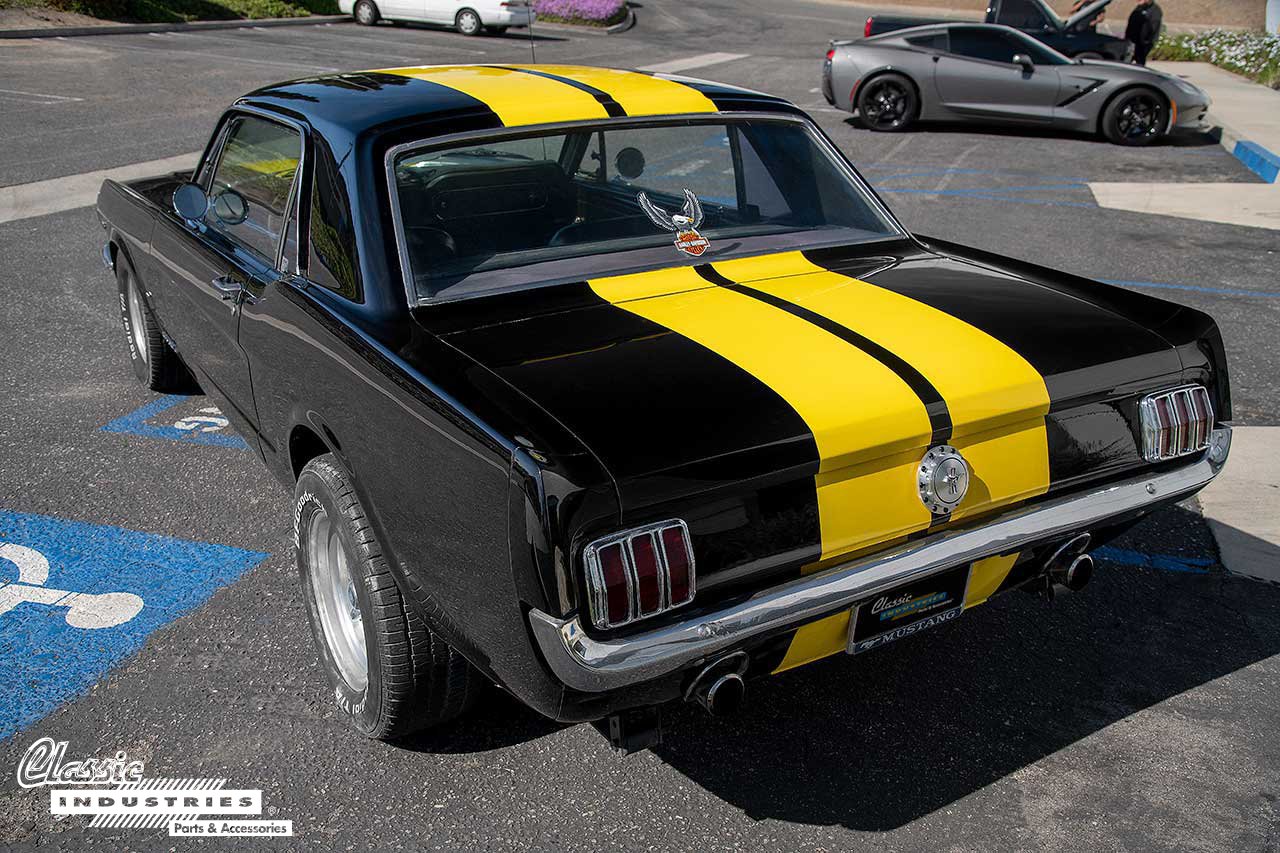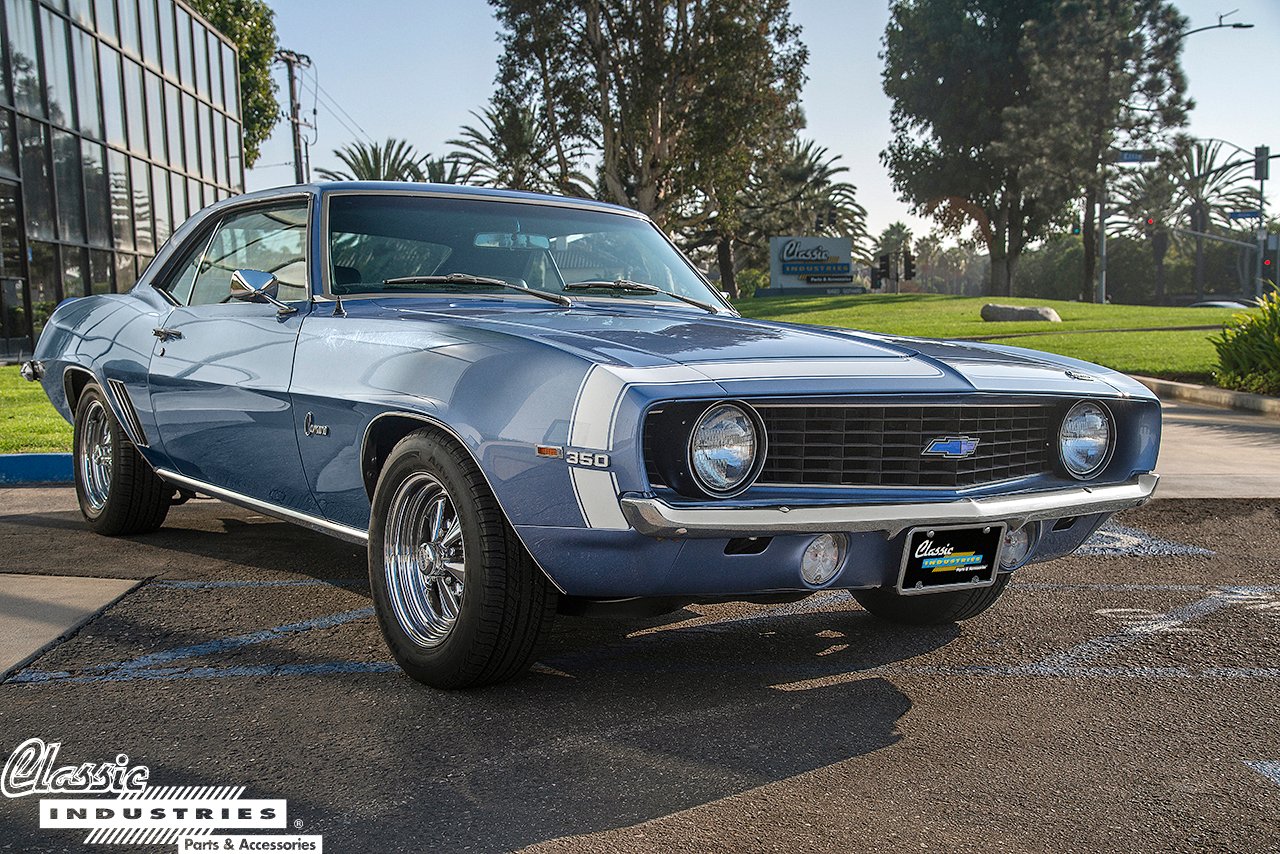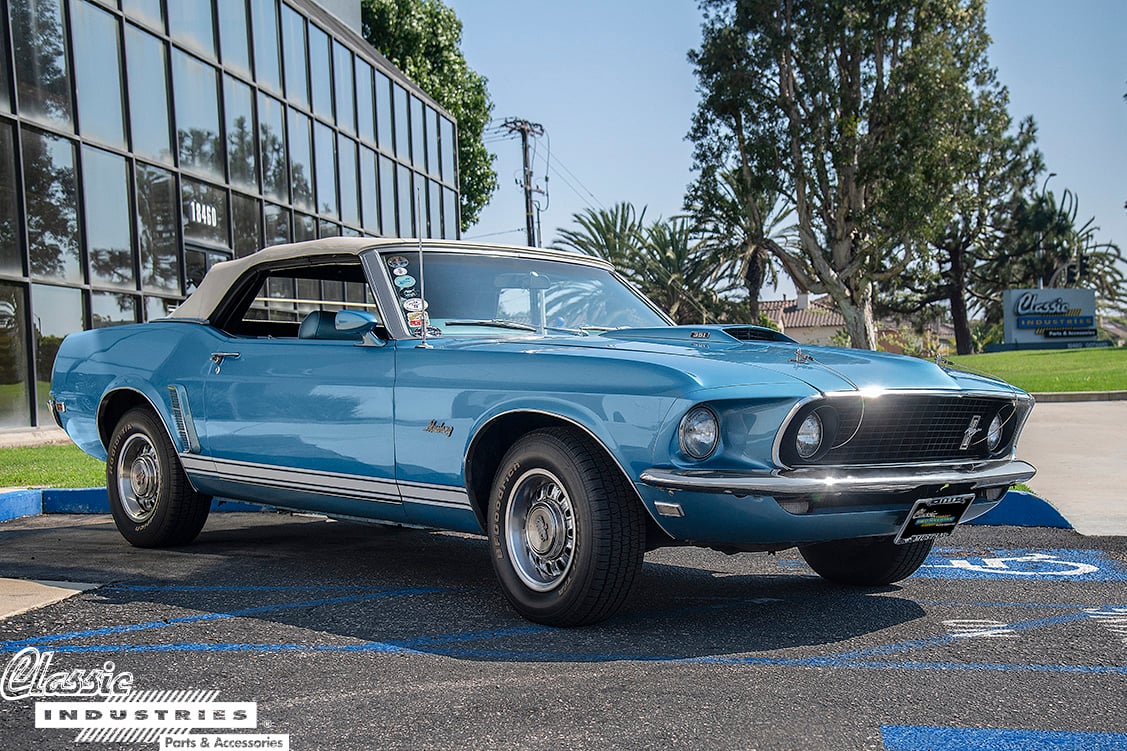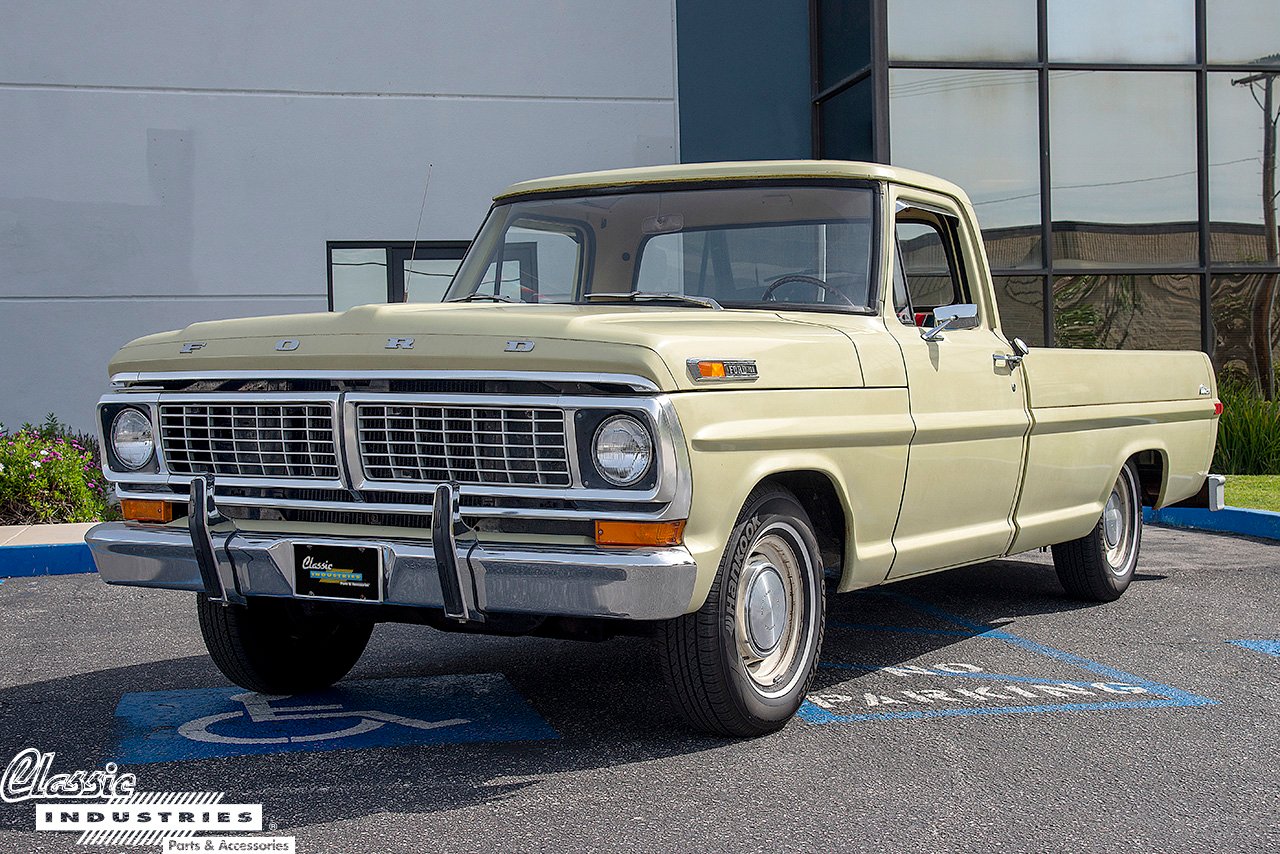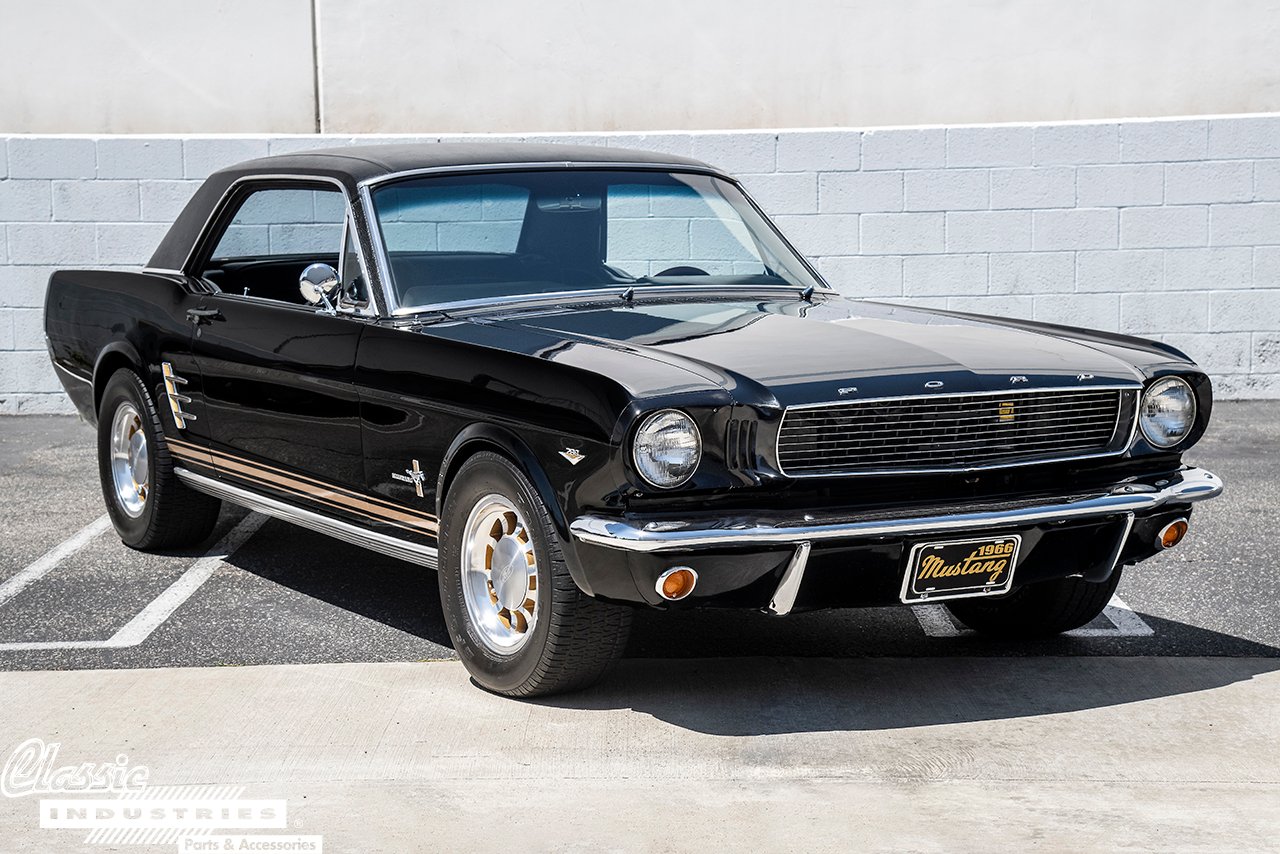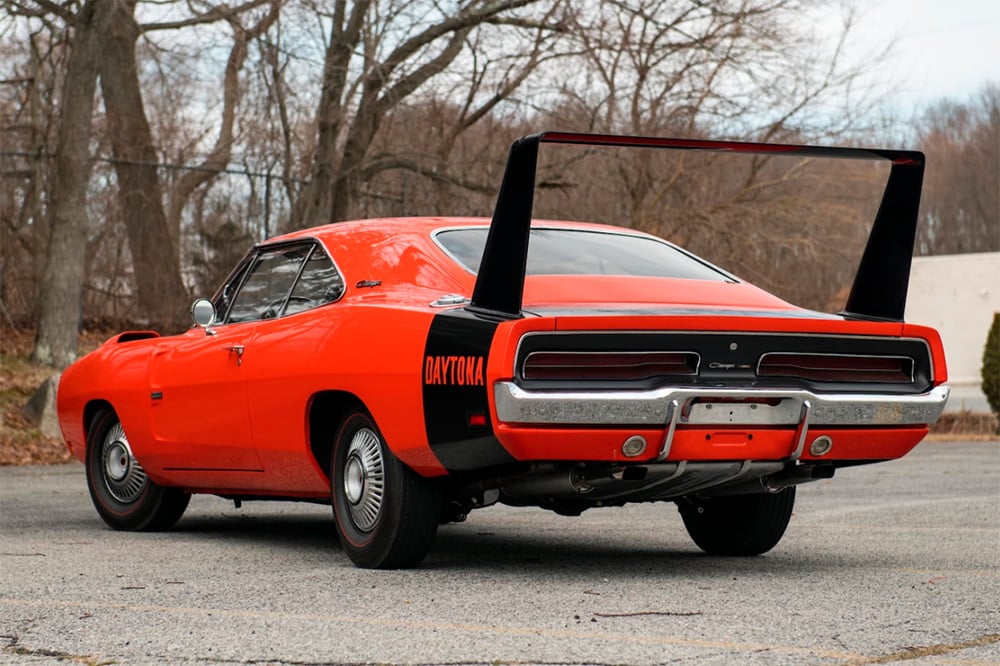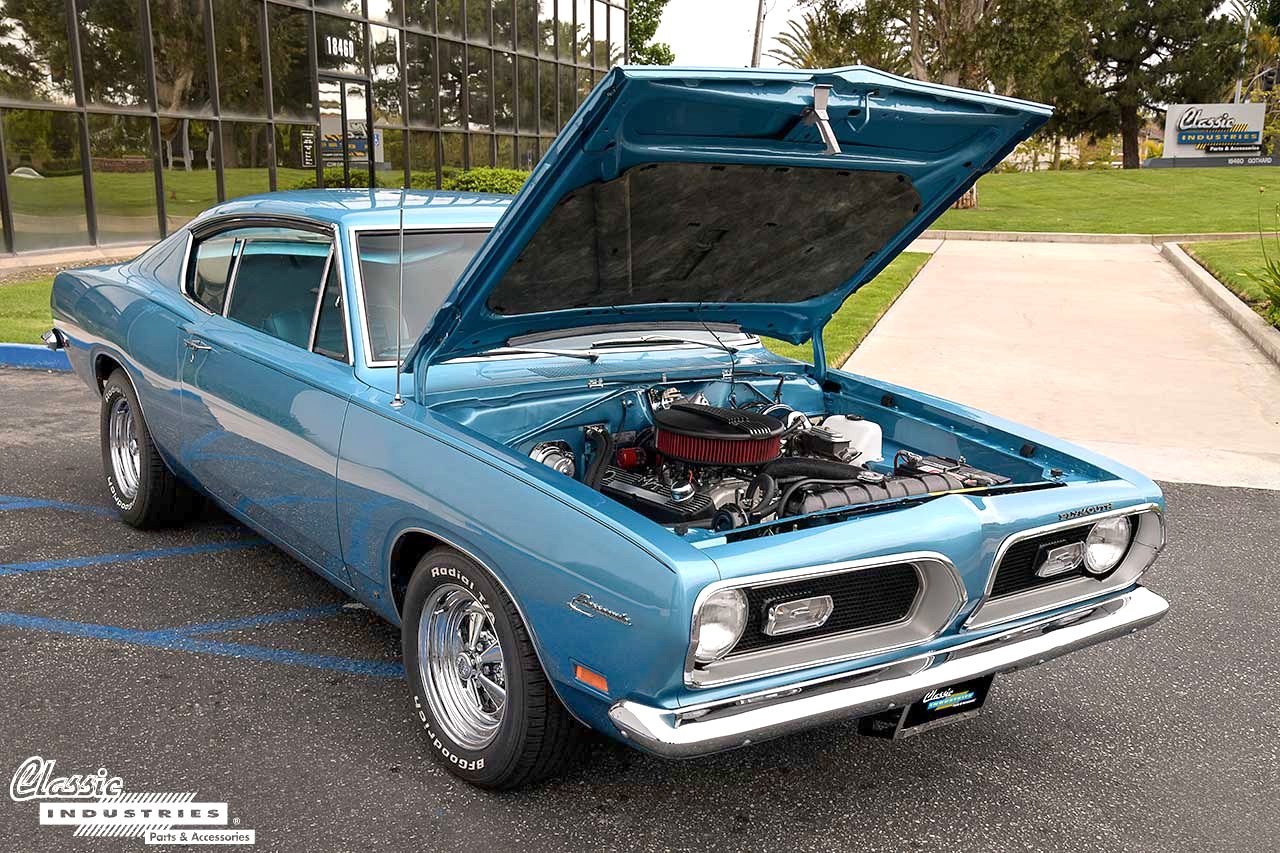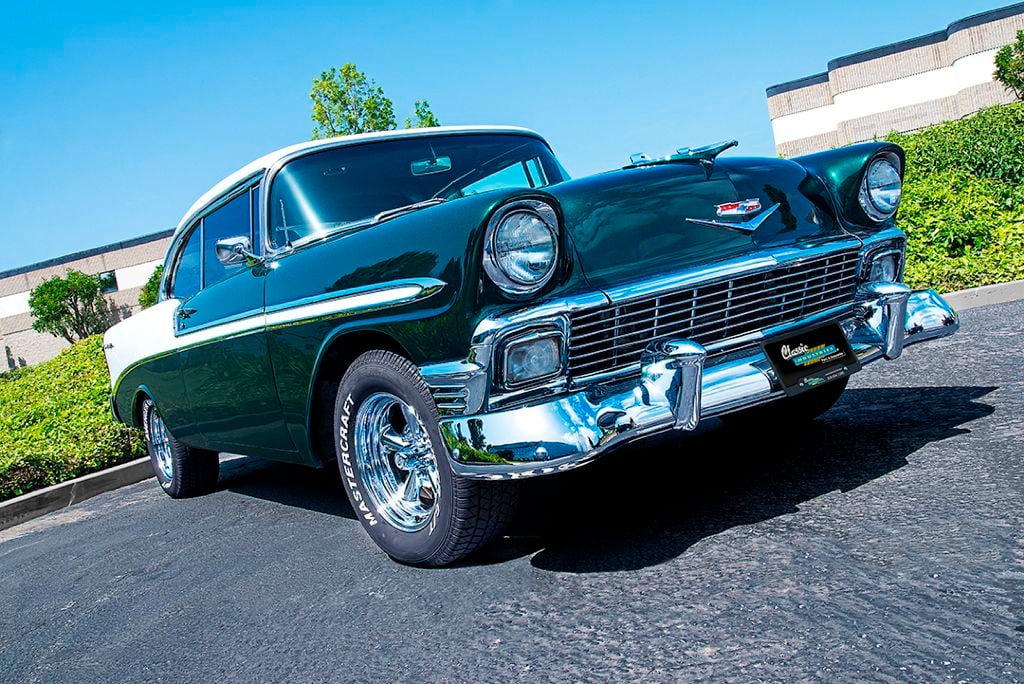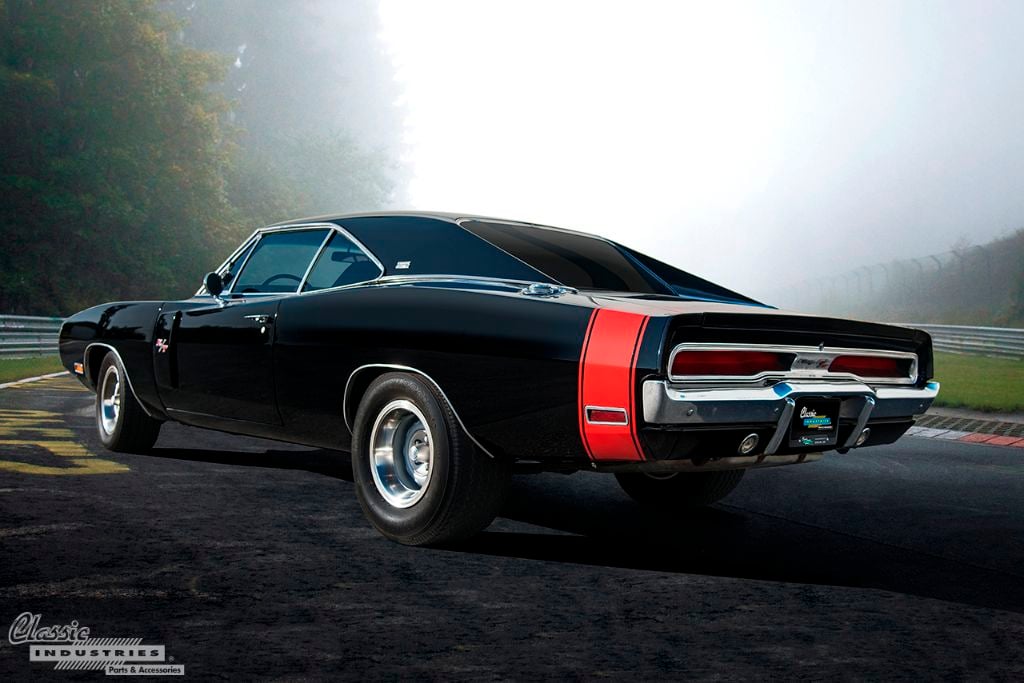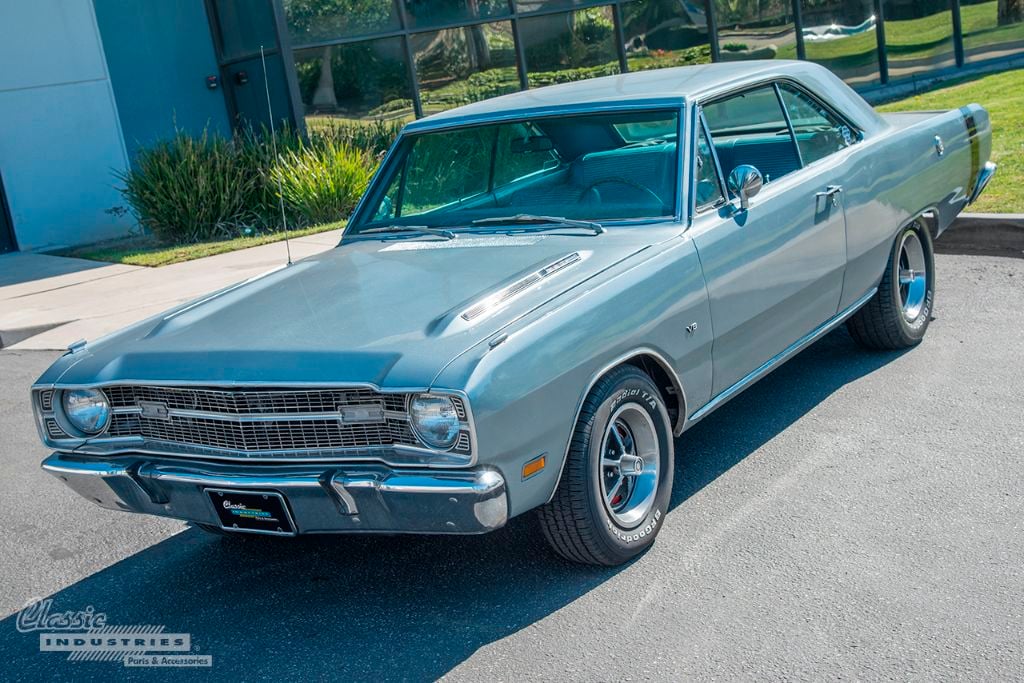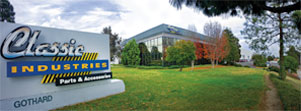What was the first car you owned? Even if it wasn't an exciting muscle car or glamorous luxury coupe, you probably have fond memories of your time behind the wheel. Our first cars gave us independence and allowed us to experience the thrill of the open road. Fernando Guzman, of Irvine, California, was fortunate enough to have a very cool first car, which he owns to this day. He's held onto this 1965 Mustang GT for 32 years. In fact, it's still his daily-driver.



